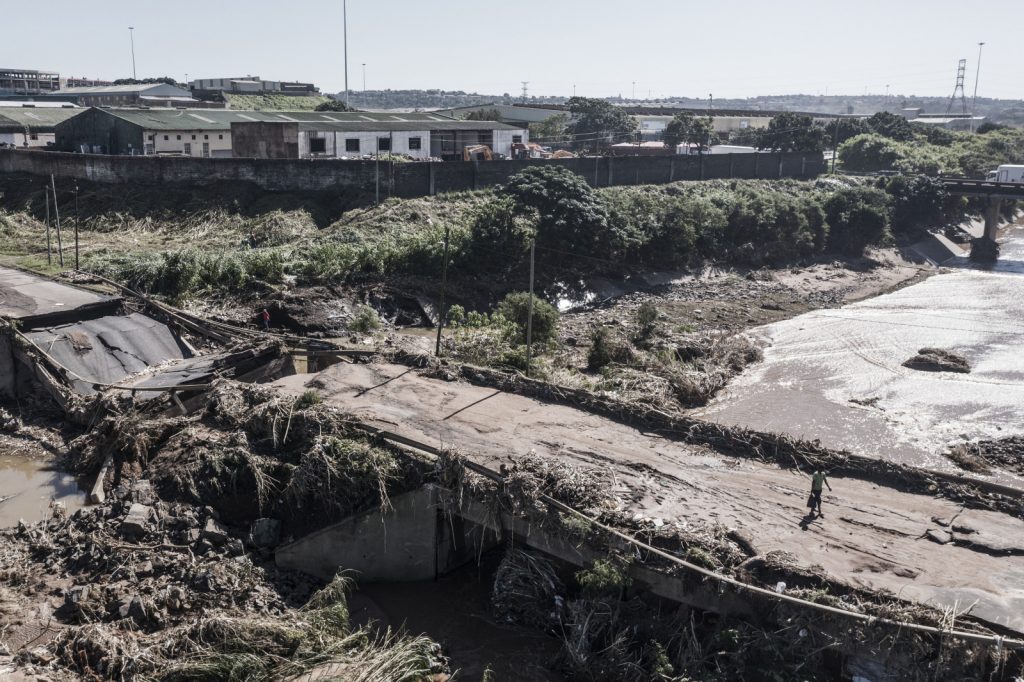

The government is developing a financing strategy to ensure the country’s public purse is able to deal with the effects of natural disasters.
According to the medium-term budget policy statement (MTBPS), tabled by Finance Minister Enoch Godongwana on Wednesday, the treasury is looking to address gaps in financing the public sector’s response to climate-related disasters and to reduce over-reliance on budget reallocations.
In April 2022, parts of the Eastern Cape and KwaZulu-Natal were ravaged by floods, inflicting large-scale damage to public infrastructure.
The 2022 adjustment budget allocated R3.6 billion to the department of cooperative governance and R1.8 billion to the department of transport for the reconstruction and rehabilitation of municipal infrastructure as well as the maintenance of roads damaged by the floods. Transnet received R2.9 billion.
The flooding came on the back of the Covid-19 pandemic’s economic onslaught and the public violence that swept through the country in July 2021 after former president Jacob Zuma was jailed for contempt of court.
A diagnostic report by the treasury and the World Bank estimated the average funding gap for financing disaster response in South Africa at R2.3 billion. Redesigning on- and off-budget financing can reduce fiscal costs by about R100 million on average per shock event and R7.5 billion in the case of large shock events, the report found.
The report recommended that the government develop a national disaster risk financing policy, including strategic priorities for financing disaster response.
The MTBPS notes that the treasury is analysing the country’s fiscal vulnerability to natural disasters and implementing reforms to improve resilience. This analysis will ensure that resources are efficiently allocated.
The treasury’s draft strategy is expected to be ready during 2024-25.